Replaced Alternator and Battery But Car Still Dies – Troubleshooting Guide!
I once faced a similar issue with my car where it kept stalling even after replacing both the alternator and battery. I found that the real problem was a corroded ground wire that was disrupting the electrical flow.
Once I cleaned and secured the connection, the problem was resolved. It taught me the importance of checking all electrical connections thoroughly, not just the major components.
Introduction:
It’s a frustrating scenario: you’ve just replaced the alternator and battery in your car, yet it still dies unexpectedly. This can leave even the most experienced car owners puzzled, wondering why the seemingly core components of the vehicle’s electrical system aren’t fixing the problem.
If your car still stalls or refuses to start, even after replacing these parts, it’s a sign that something else within the system is malfunctioning.
Addressing these persistent electrical issues is crucial not only for the functionality of your car but for preventing further damage that could lead to costly repairs.
Electrical problems are often interconnected, and failing to address the root cause could worsen the situation. Understanding the intricacies of your car’s electrical system is the first step toward diagnosing the problem and finding the solution.
Understanding the Car’s Electrical System:
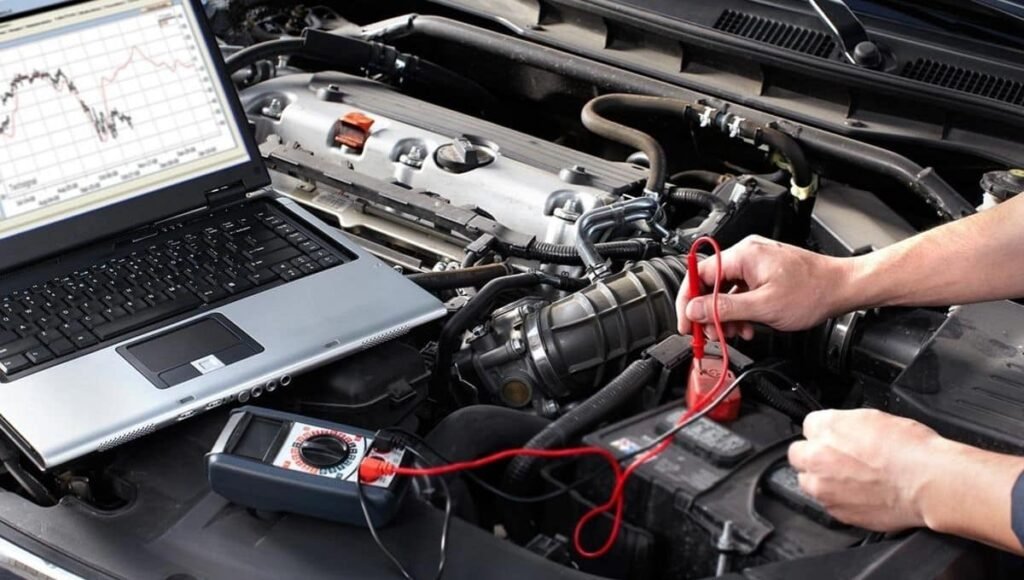
How the Alternator and Battery Work Together:
The alternator and battery are two of the most critical components in your vehicle’s electrical system, each playing a distinct role.
The battery stores electrical energy and provides the initial power required to start the car. Once the engine is running, the alternator takes over by generating electricity to power the car’s systems while simultaneously recharging the battery.
In essence, the battery is your car’s energy reservoir, while the alternator acts as a generator. If one of these components fails, the entire electrical system can be compromised, leading to a host of problems, including engine stalls, dim lights, and electronics malfunctioning.
Beyond the Battery and Alternator: Other Key Components of the Electrical System
While the battery and alternator are the stars of the show, the supporting cast is equally important. Other key players in the electrical system include the starter motor, fuses, wiring, relays, and various sensors.
The starter motor is responsible for turning over the engine, while the fuses and relays help manage electrical flow to different parts of the vehicle.
These components must work in harmony. A failure in any one of them can disrupt the entire system, even if the alternator and battery are brand new.
Miscommunication between these components can make diagnosing the problem difficult, particularly if you’re unfamiliar with the nuances of your vehicle’s electrical layout.
Why Electrical System Failures Can Be Hard to Diagnose:
Diagnosing electrical issues in a vehicle is no easy feat. Unlike mechanical problems, which often have clear symptoms like strange noises or visible damage, electrical failures can be elusive and intermittent. A corroded wire or a weak fuse might not be immediately apparent.
This is further complicated by the fact that many electrical issues can mimic each other, making it challenging to pinpoint the exact cause without proper testing tools and knowledge.
read also: Does Accessory Mode Drain Car Battery – Tips to Avoid a Dead Battery!
Potential Causes for Ongoing Car Stalling Issues:
Loose or Corroded Electrical Connections: A Hidden Problem
One of the most common yet easily overlooked causes of car stalling is loose or corroded electrical connections. Even a small amount of corrosion on battery terminals or ground connections can impede the flow of electricity, causing your car to die unexpectedly.
Electrical connections can loosen over time due to vibrations from the road, or corrosion can develop in humid or salty environments, which leads to a weak connection.
Faulty Wiring: How Worn or Damaged Wires Can Affect Power Delivery
Over time, the wiring in your car can become frayed, pinched, or worn out. A damaged wire may still transmit some power but not enough to support the vehicle’s demands, leading to sudden stalls or electrical failures.
Heat, aging, and improper installation can all contribute to faulty wiring. Checking for wiring issues can be tricky, as they are often hidden behind panels or other components, requiring a thorough inspection.
Failed or Malfunctioning Fuses: The Often Overlooked Issue
Fuses protect the electrical system by breaking the circuit if there’s an overload. If a fuse blows or malfunctions, it can prevent electricity from reaching crucial components.
A simple blown fuse might be the reason your car dies after replacing the alternator and battery. Yet, fuses are often overlooked during the diagnostic process, even though they are inexpensive and relatively easy to replace.
Ignition System Problems: Could the Ignition Switch or Coils Be the Culprit?
If your alternator and battery are functioning properly, the issue might lie in the ignition system. Problems with the ignition switch or ignition coils can prevent the engine from receiving the spark it needs to keep running.
If the ignition switch is faulty, it can disrupt the flow of electricity to the engine, causing the car to stall or refuse to start altogether. Similarly, damaged ignition coils may fail to deliver the necessary voltage to the spark plugs, leading to engine misfires and stalling.
Could There Be an Issue with the New Alternator or Battery?
Signs of a Faulty or Defective Alternator After Installation:
While it’s rare, there’s always the chance that the new alternator is defective. Common signs of a faulty alternator include dimming lights, the battery warning light on the dashboard, or strange noises like whining or grinding. If your car stalls even after a new alternator is installed, it’s crucial to rule out a malfunctioning part.
Common Battery Installation Mistakes That May Cause Your Car to Die:
A new battery might seem like a simple fix, but improper installation can create problems. If the terminals aren’t connected securely, or if the battery isn’t grounded properly, your car could die even with a new battery. Always ensure that the battery is the correct size and type for your vehicle, and double-check all connections.
How to Test If Your New Alternator or Battery Is Actually Working Properly
To verify whether the new alternator or battery is functioning as it should, conduct a voltage test using a multimeter.
The battery should read around 12.6 volts when the car is off, and between 13.7 to 14.7 volts when the engine is running, indicating the alternator is charging the battery correctly. If the readings are off, the issue might be with the replacement parts.
Other Electrical Components That May Be Draining Your Battery:
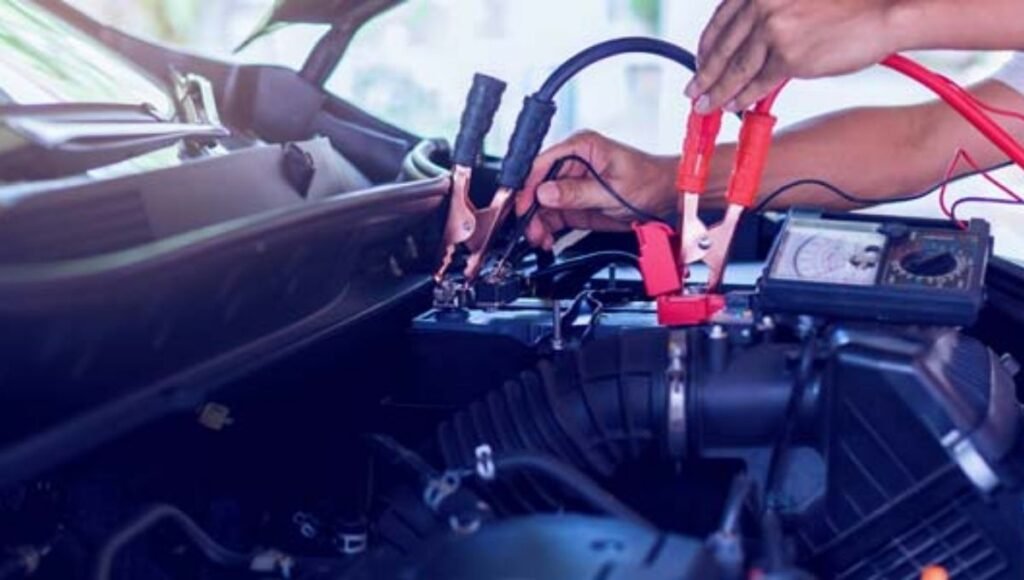
Parasitic Battery Drain: What It Is and How It Can Slowly Kill Your Battery
Parasitic battery drain occurs when an electrical component continues to draw power even when the car is off. This can slowly deplete the battery’s charge, causing your car to die after a few hours or overnight.
Common culprits include interior lights, alarm systems, or faulty relays that fail to switch off. Identifying a parasitic drain requires testing each component individually to find the source of the excessive draw.
The Role of Electrical Accessories and Aftermarket Additions in Battery Drain
Aftermarket installations like upgraded stereo systems, additional lighting, or GPS units can strain the electrical system, especially if they were installed improperly. These accessories can create a constant draw on the battery, resulting in a quicker depletion of power and frequent stalling.
Malfunctioning Sensors or Control Modules: How They Can Interfere with Power Management
Modern vehicles are equipped with various sensors and control modules that monitor and manage everything from the engine’s performance to the electrical system’s health.
If a sensor or module malfunctions, it can send incorrect data, causing the system to drain the battery or stall the engine. Diagnosing this issue often requires specialized equipment to read error codes and monitor the system’s performance in real-time.
read also: Will a Car Alternator Charge a Deep Cycle Battery – Find Out!
Engine or Fuel System Issues Masking as Electrical Problems:
Is It the Fuel Pump? How Fuel Delivery Can Cause Similar Symptoms
Sometimes, the root cause of stalling isn’t electrical at all, but rather a fuel delivery issue. A failing fuel pump can prevent the engine from receiving the necessary fuel to run, mimicking the symptoms of an electrical problem. If the fuel pump is weak or clogged, it may cause the car to die, especially under load or at higher speeds.
Air and Fuel Mixture Problems: Why Misfires or Clogged Filters Can Shut Down Your Car
The engine relies on a precise mixture of air and fuel to run efficiently. If this balance is disrupted by a dirty air filter, a malfunctioning mass airflow sensor, or clogged fuel injectors, the engine may misfire or shut down completely.
These issues are often mistaken for electrical problems because they result in similar symptoms like stalling or power loss.
When a Failing ECU (Engine Control Unit) Causes Confusion in Diagnosing Electrical Problems
The ECU, or engine control unit, acts as the brain of your car’s electronic system, managing everything from fuel injection to ignition timing.
A failing ECU can send incorrect signals to various systems, leading to misdiagnosis of electrical problems. An erratic ECU can make it seem like the alternator or battery is at fault when the real issue lies within the car’s central control system.
How to Properly Diagnose Why Your Car Keeps Dying:
Steps to Take Before Replacing More Parts:
Before diving into more costly repairs, start by checking the basics: battery connections, fuses, and wiring. Ensure everything is properly grounded and securely fastened. Once the basic checks are completed, test the alternator and battery using a multimeter to confirm they are providing the correct voltage.
Tools and Techniques for Testing Electrical System Health:
Invest in tools like a multimeter, an OBD-II scanner, and a battery tester to help diagnose electrical issues. These tools can provide real-time data on your car’s electrical performance, helping you pinpoint the problem.
Additionally, performing a parasitic drain test can reveal whether any component is drawing excess power when the car is off.
When to Seek Professional Help: Knowing When It’s Time for an Expert Diagnosis
If you’ve exhausted all troubleshooting steps and your car continues to die, it may be time to seek professional help.
An experienced mechanic can perform in-depth diagnostics with specialized equipment that may not be available to the average car owner. Electrical issues can be notoriously complex, and a professional will be able to efficiently identify the root cause.
Preventative Measures to Avoid Future Electrical Failures:
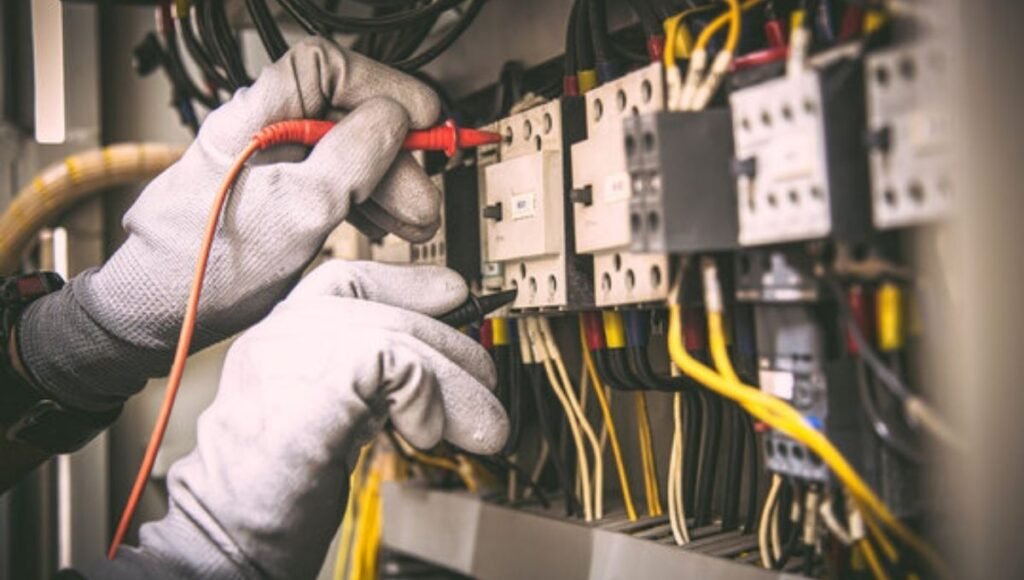
Best Practices for Regularly Maintaining Your Car’s Electrical System:
Maintaining your car’s electrical system is key to avoiding unexpected breakdowns. Regularly clean and tighten battery terminals, inspect wiring for signs of wear or corrosion, and ensure that fuses and relays are in good working condition. Periodic checks of the alternator and battery can catch issues before they escalate.
Tips for Identifying Early Warning Signs of Battery and Alternator Issues:
Watch for warning signs like dimming headlights, slow cranking, or warning lights on the dashboard. These subtle signals often indicate that something is wrong with the alternator or battery. Addressing these signs early can prevent further damage and avoid costly repairs.
Protecting Your Car from Future Parasitic Drains and Electrical Shorts:
To prevent parasitic drains, make sure all electrical accessories are properly installed and turned off when the car is not in use. Installing a battery disconnect switch can also help prevent unexpected drains.
Additionally, ensure that any aftermarket installations are performed by professionals to minimize the risk of electrical shorts or power mismanagement.
read also: Car Batteries That Will Keep Me on the Road – The Power of Efficiency!
FAQ’s
1. Why does my car still die after replacing the alternator and battery?
The problem could be due to loose or corroded electrical connections, faulty wiring, malfunctioning fuses, or ignition system issues. Electrical problems can be intricate and may require thorough diagnostic checks beyond the alternator and battery.
2. What are signs of a faulty alternator after installation?
Signs include dimming headlights, unusual noises like whining or grinding, and the battery warning light on the dashboard. If these symptoms persist, the new alternator might be defective.
3. How can I tell if my new battery is installed correctly?
Ensure the battery terminals are securely connected and the battery is properly grounded. Check for any loose connections or incorrect installation that could lead to power issues.
4. What is parasitic battery drain, and how can it affect my car?
Parasitic battery drain occurs when an electrical component draws power even when the car is off, gradually depleting the battery. Common causes include faulty relays or accessories left on, which can lead to your car dying unexpectedly.
5. When should I seek professional help for my car’s electrical problems?
If you have tested basic components like the battery, alternator, and fuses, and your car still dies, it’s time to consult a professional. A mechanic with specialized equipment can diagnose complex electrical issues more accurately.
Conclusion:
A car that continues to die after replacing the alternator and battery can be a puzzling issue, but it’s often a sign of deeper electrical or mechanical problems. By understanding how your car’s electrical system works, diagnosing common issues, and taking preventive measures, you can avoid future breakdowns and ensure your vehicle remains reliable for years to come.
Read Also:
Can I Use a Car Battery in My Travel Trailer – Find Out!
Does Leaving Car Unlocked Drain Battery – What You Need to Know!
Why Is My Car Jerking After a Battery Change – Comprehensive Guide!
Does Leaving Car Window Open Drain Battery – Find Out Now!
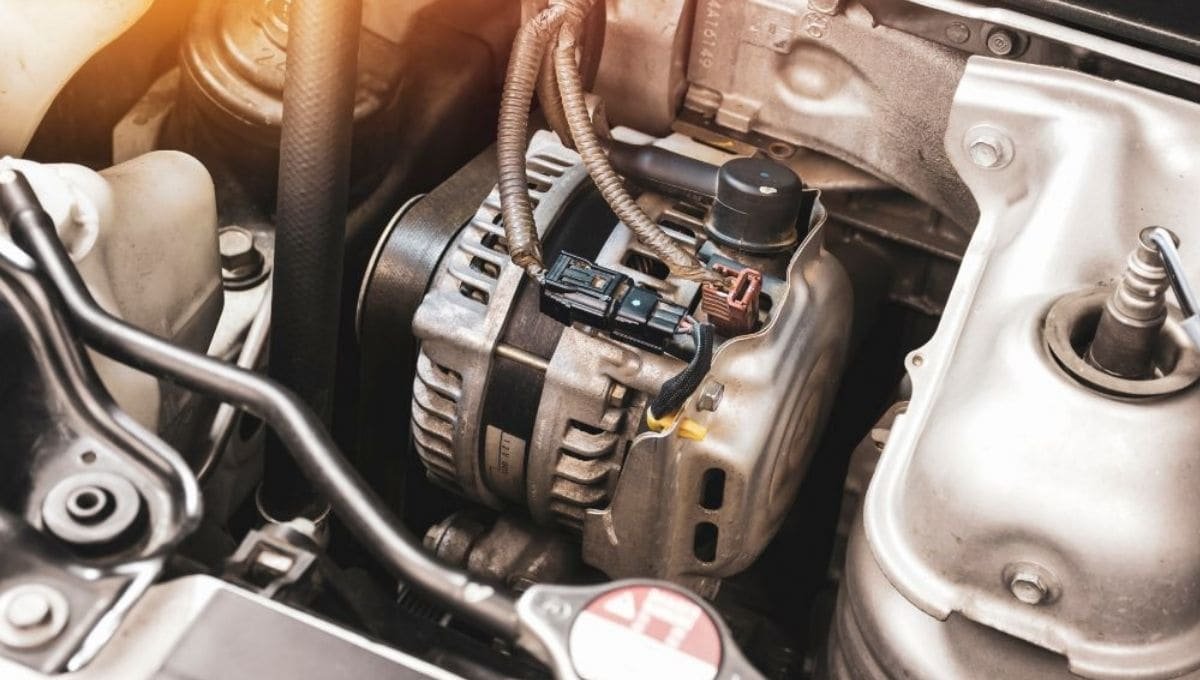

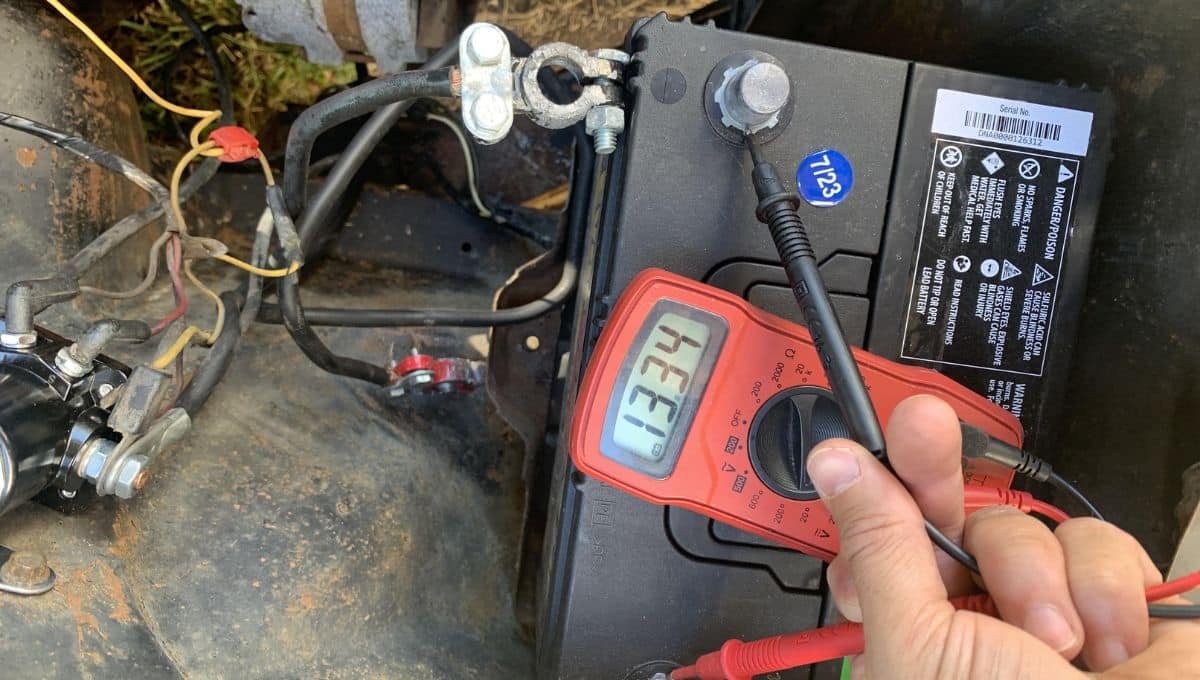


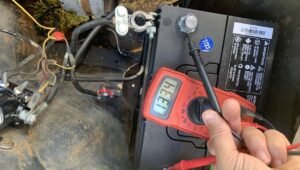


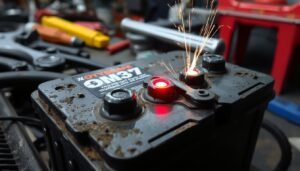

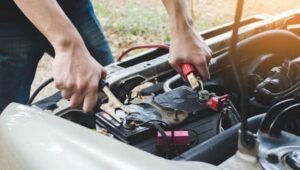
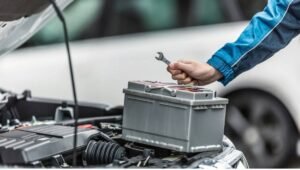
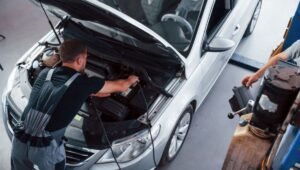
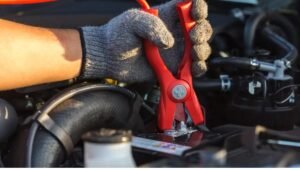
Post Comment